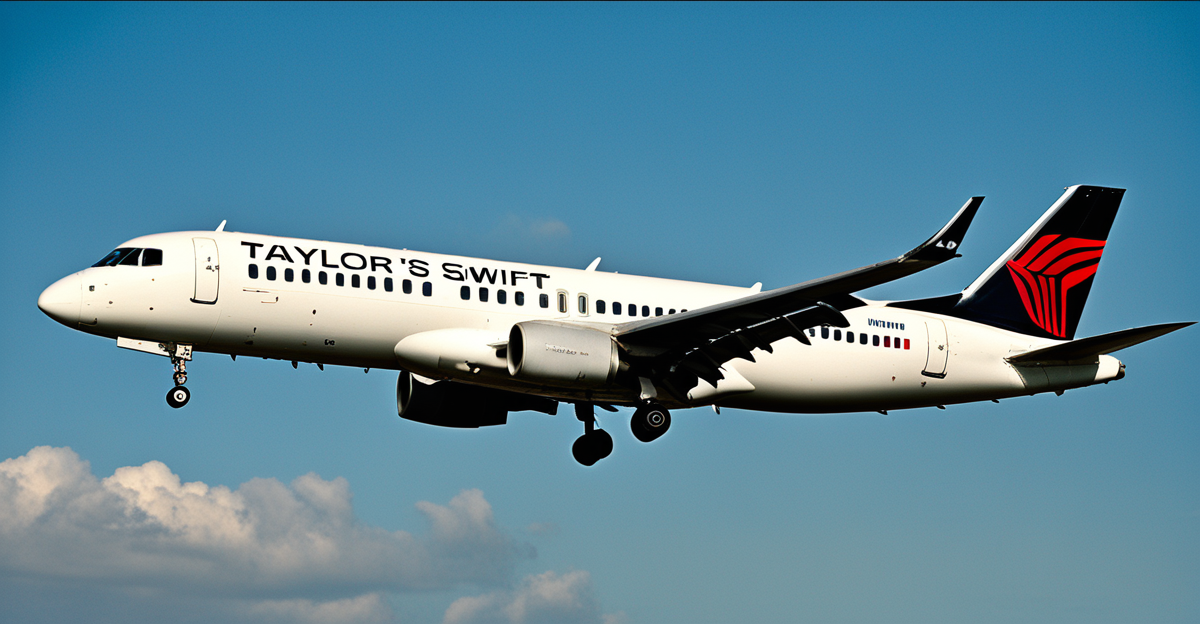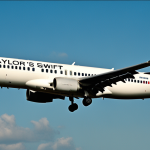Taylor Swift’s private jets blend luxury and cutting-edge performance, reflecting her status as a global icon. Her Dassault Falcons offer comfort and long-range capabilities, yet they spark heated debates over environmental impact. Despite criticisms, Swift’s efforts to offset emissions show a growing awareness. This mix of opulence, technology, and controversy makes her air travel a unique window into celebrity lifestyles and sustainability challenges.
Taylor Swift’s Private Jet: Ownership, Flight Tracking, and Environmental Impact
Immediately after Taylor Swift’s astronomical Eras tour success, media and public attention zeroed in on the logistics behind her vast travels, with the spotlight turned squarely on taylor swift plane due to its frequent use, costs, and visible environmental footprint.
Also to read : Why Should You Avoid Visiting Overcrowded Tourist Spots in the UK?
Taylor Swift’s private aviation portfolio includes two Dassault trijets: the Falcon 900LX (registration N898TS) and the Falcon 7X (N621MM). Both models are known for their range—the Falcon 7X can cross oceans without refueling, supporting the intense travel needs of global superstars. Swift’s Falcon 900LX is tailored for privacy, with custom interiors that reportedly feature luxurious amenities, including a kitchen and bedroom, catering for up to 12 passengers.
Jet flight tracking has become a public spectacle. Online tools and social media channels, notably overseen by individuals like Jack Sweeney, routinely provide updates for celebrity jets—including tail number identification, travel routes, and flight frequencies. While some see flight tracking as transparency, Swift’s legal team regards it as a security and privacy concern. A cease and desist demand was issued to Sweeney in response to his sharing of flight details.
This might interest you : Uncover cornwall’s secret gardens: exclusive tours showcasing rare botanical marvels
Environmental concerns swiftly escalated as data from trackers revealed that Taylor Swift’s jets recorded upwards of 98 flights in one year. The associated private jet emissions—sometimes exceeding 8,000 tonnes of CO2 annually—sparked public outcry. Swift responded by purchasing more than double the carbon credits required through Terrapass, attempting to balance out her carbon footprint, though critics debate the adequacy of such offsets.
Ownership patterns of Swift’s jets have evolved, with her divesting from earlier models like the Falcon 50 and consolidating around more efficient and capable aircraft. Her choices reflect not only the demands of a high-profile touring artist, but also the broader dilemma celebrities face: balancing mobility and comfort against increasing scrutiny of their environmental and privacy practices.
Inside Taylor Swift’s Private Jet Fleet: Luxury, Performance, and Use in Touring
Dassault Falcon 7X and 900LX: Jet Models, Design, Performance Specifications, and Luxury Features
The Falcon 7X private jet and its sibling, the 900LX, stand out among private jets used by musicians for their advanced technology and comfort. The Falcon 7X private jet offers a long-range capability of approximately 6,850 nautical miles, rivaling similar private jet models and types. Seating configurations are flexible, with a typical private jet seating capacity accommodating up to 16 passengers. The 900LX, on the other hand, is often tailored for 12 passengers and enables mid- to long-range travel efficiently.
Inside these aircraft, the private jet interior exemplifies both sophistication and practicality, often featuring custom furniture, plush lounges, and state-of-the-art entertainment systems. Spacious private jet flight routes between continents are managed seamlessly with these jets’ fuel efficiency and performance—critical for supporting frequent tour schedules.
The private jet price range for the Falcon 7X can reach $54 million or more, while annual operating costs easily surpass $3 million. Both planes strongly emphasize privacy, reliability, and a distinctive Taylor Swift plane appearance, including personalized livery elements like the number 13. For musicians, these aircraft blend exclusive luxury with the endurance required by global touring.
The Debate Around Celebrity Jet Travel: Environmental Costs, Tracking Controversies, and Industry Trends
Detailed Emissions Data: CO2 Output and Media Focus
Taylor Swift private jet emissions have ignited intense public debate. Reports attribute thousands of tonnes of CO2 annually to her jet usage, sometimes exceeding 8,000 metric tons—a number more than 80 times the yearly emissions of an average American. This disparity highlights not only the environmental impact of celebrity travel but also the broader impact of private jets on climate goals. Media scrutiny intensified with the revelation of Swift’s Falcon 7X and Falcon 900 completing dozens of flights per year, prompting critical comparisons to commercial and residential carbon footprints. The discussion often pivots around how the carbon footprint of private jets compounds global climate efforts.
Industry Context: Tracking Technology, Privacy Laws, and Public Outcry
The rise of private jet tracker live apps and online communities tracking private jet flight history has fueled transparency—and controversy. Swift’s own experience, where her tail number (N898TS) became central to tracking Taylor Swift private jet emissions, sparked legal actions aimed at defending celebrity privacy. Lawsuits and privacy laws now test the balance between public interest, safety, and identifying celebrity reactions to jet tracking.
Steps Toward Sustainability: Carbon Offsetting and Ongoing Controversy
Facing criticism, Swift and other high-profile figures have turned to private jet carbon offsetting as a response. Taylor Swift has reportedly purchased additional offsets, but the effectiveness of private jet emissions reduction efforts remains questioned by environmentalists. The debate centers on whether these actions meaningfully curb the celebrity jet carbon footprint or serve mainly as symbolic gestures, reflecting an industry at a crossroads between luxury and environmental accountability.






